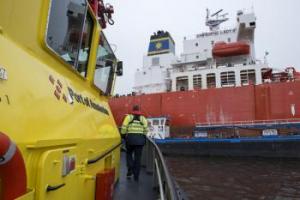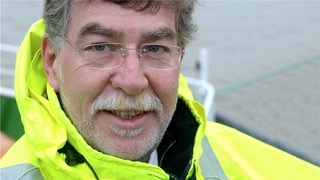Harbour Master
Harbour Masters
Worldwide there are approximately 3,000 merchant ports and the work of the Harbour Master can vary widely from country to country and from port to port even within the same country.


Topic: Casualty Management - Collapsed Container Stacks on Board a 19K TEU Ship
Speaker: Captain Andreas Mai, Harbour Master (rtd)
Session Chair: IHMA President, Captain Yoss Leclerc
Speaker Bio
Andreas is a former Master Mariner and was appointed Harbour Master for the port of Bremerhaven in 1996. In 2000 he also took over the position of Harbour Master at the port of Bremen. During his active time as Harbour Master and Director of the Governmental Port Authority, he chaired the 2004 IHMA Congress in Bremen and, for a few years, the European Harbour Masters’ Committee (EHMC). He retired from his duties at the end of last year after 24 years of service.
The International Harbour Masters Association (IHMA) and the Port of Rotterdam Authority are pleased to announce the 15th International Harbour Masters Association Congress, to be held from 09–12 June 2026 at Theater Zuidplein in Rotterdam.
Naresh Sewnath, Senior Harbour Master at Transnet National Ports Authority (TNPA) in South Africa’s Port of Durban, began his maritime career back in 1988. He started out as a cadet with TNPA (then known as South African Transport Services (SATS).
Pharetra lectus vitae elit sollicitudin, ut commodo tellus dapibus. Sed pellentesque quis enim faucibus laoreet. Aliquam eleifend sagittis augue, pellentesque purus.
Join the world’s premier professional body for harbour masters and receive up-to-date information on the industry and access to the members' area of the website.